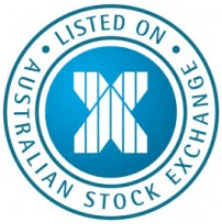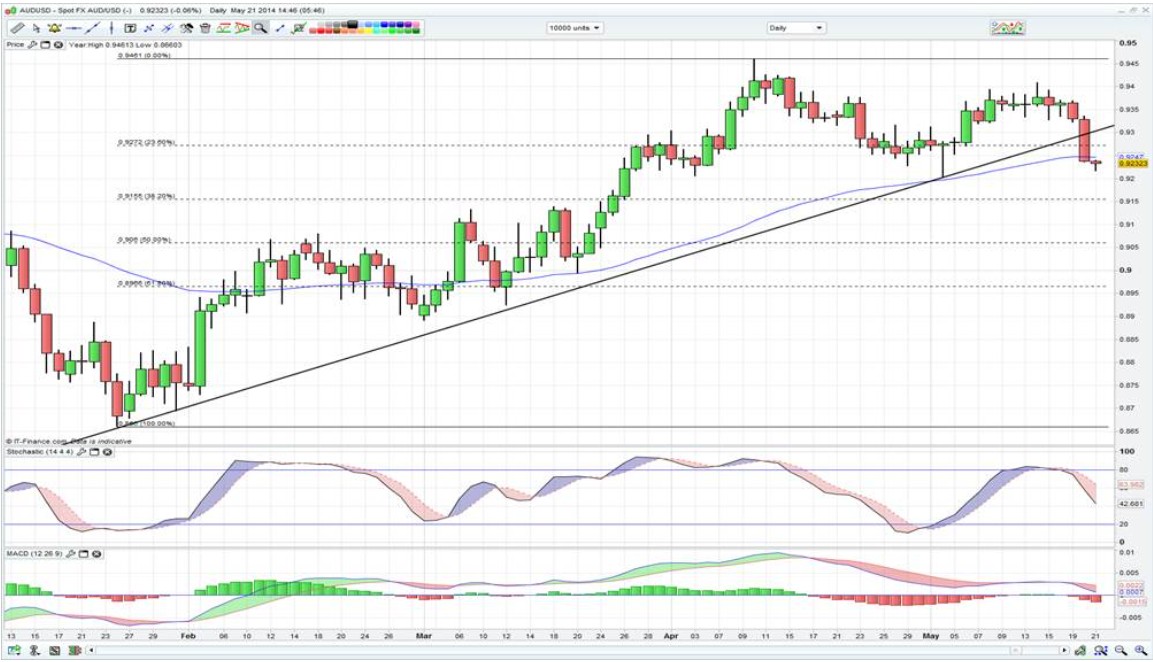
Chris Weston, Chief Market Strategist at IG Markets
The discussion around when the Fed could hike its funds rate has once again been thrown directly into the spot light, with narrative from Fed voters Bill Dudley and Charles Plosser the key focal point yesterday.
New York president Bill Dudley is a permanent voter, so his views will always be closely followed, but he gave little in the way of specific details and while he mentioned that he hopes rates can go up, he suggested it will be a considerable before the end of asset purchases and ‘lift-off’. He retained the ability to adjust policy depending on financial conditions in the economy, which is not new and highlights his alignment to Janet Yellen. At the same time Mr Dudley has put out the idea that the Fed should sustain the size of its balance sheet, by re-investing the proceeds of maturing mortgage backed securities.
This should keep the USD from strengthening too aggressively, despite allowing the Fed more flexibility with the funds rate. It will also naturally support the housing market. The fact that the fed funds future is now pricing in 25 basis points by June seems fair and we have seen around 10 basis points being shaved off these expectations over the last couple of months.
Falling tightening expectations have been reflected in the US bond market and while calls for the US 10-year bond to trade to 2% have been prevalent, I would argue that the opposite is true and at 2.51% it could be a good time to initiate short positions. With the consensus still calling for the 10-year bond yield to average 3.25% in Q4, unless we see a major correction in the S&P 500 and all-out risk aversion, 2% seems a tough ask. One could even argue that perhaps we have already seen an element of traders positioned in US treasuries in anticipation of a correction in the broader S&P 500.
It’s interesting that the calls for a correction in the US equity benchmark have been growing, and given the health of corporate America a pullback of 5-10% would be a healthy development for the longer-term prospects of the market. Naturally the reasoning behind the sell-off would be key, although it’s not immediately obvious what will cause such a sell-off. It’s also interesting to see how other assets are trading in the wake of the huge buying in fixed income and what make life hard is that many of the correlations money managers have been used within market seem to have broken right down.
Gold looking interesting
Gold has not found any real movement on the back of moves from the USD and presumably that is because while we’ve seen a reasonable move lower in EUR/USD. USD/JPY has followed suit, with traders noting the move below the 200-day moving average at 101.25. The USD is rallying, but selectively. Technically neutral positions are favoured in gold, with a rather pronounced triangle pattern in play. A break of $1285 to $1303 could set the metal off on a better trend and a downside break would clearly put the April low of $1268 in play.
Iron ore continues to be the talking point in the Australia, and it’s hard to see any major upside in this commodity any time soon. Add in some currency fighting narrative from RBA assistant governor Guy Debelle and a fall in consumer confidence and it seems the AUD has become the markets preferred short in the G10 currency space of late. Perhaps the clearest way to express AUD weakness has been seen against the GBP and JPY, although there are signs those calling for lower levels in AUD/USD could also be in for better days. Having closed below the 55-day moving average (this has been a good guide since 2013 for future direction) and the uptrend drawn from the January low at 0.9292, the bears look in control. Rallies in the pair should be sold for a move to 0.9155 in the short-term.

The ASX 200 finding buyers on dips
It’s also interesting to see the lack of stress in the Australian equity market and for the second day in a row buyers have come in after the open. Chasing yield seems to be the key here once again, with the telco, utility, Reits and healthcare sectors really outperforming. The fact that volatility is so low in all areas of the market seems to be driving trade and once again if the market is moving sideways with no real panic shown in the various future volatility measures (such as FX options, risk reversals and the VIX) the easiest thing is to be paid to be in a position. With interest rates in Australia unlikely to be increased until 2015, the ‘yield trade’ should find continue to hold up.
Europe should open on the back foot this morning, with futures markets finding little inspiration from the modest moves in Asia. It’s all about US monetary policy again, with speeches from Fed members Janet Yellen, Esther George and Narayana Kocherlakota and their views on policy could have ramifications on overbought bond yields and subsequently price action in the USD.
It’s worth bearing in mind that Fed chairman Janet Yellen spoke last week so it’s doubtful that she will express a new view. The FOMC minutes will also be in play, although it’s worth remembering the April statement was largely unchanged from the March statement.